Big cats are among the most formidable predators on Earth, each species employing unique strategies to capture their prey. From the sprawling savannas of Africa to the dense jungles of Asia, these felines have adapted to their environments with astounding skill and precision. This article explores eight distinctive hunting strategies used by different big cats, shedding light on their remarkable adaptations and instincts.
The Stealthy Ambush of the Leopard

Leopards are masters of stealth, relying heavily on ambush tactics to catch their prey. These solitary hunters use their camouflaged coats to blend into the environment, silently stalking their prey before launching a rapid attack. Leopards often hunt at night or during dusk and dawn when their coat provides the best concealment against the dim light.
Cheetahs: Speed and Precision
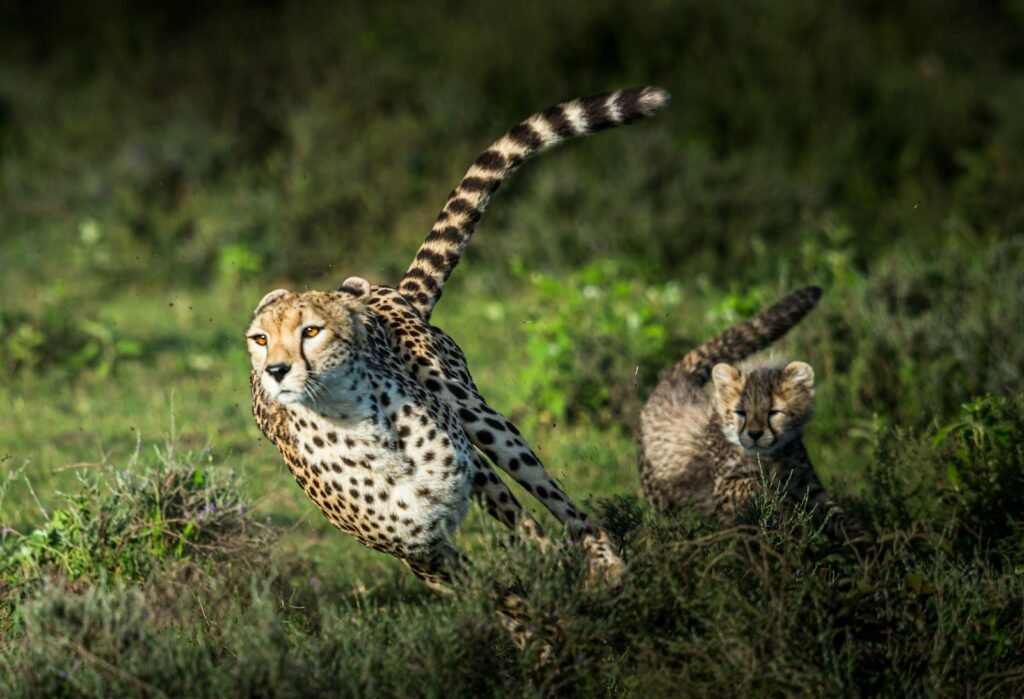
Renowned for their incredible speed, cheetahs employ a unique strategy of outrunning their prey. Capable of reaching speeds up to 70 mph, cheetahs rely on their acceleration and agility rather than stealth. They typically chase down fast animals such as gazelles and antelopes, focusing on short, explosive sprints to close in on their target before exhaustion sets in.
Lions: Social Hunters
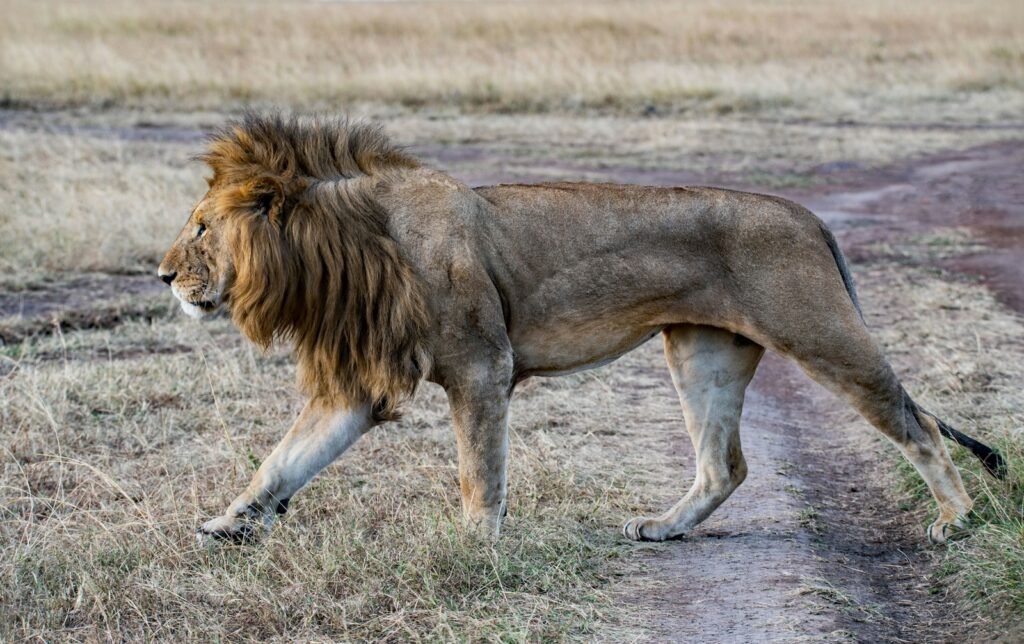
Lions are the only big cats that hunt in groups, called prides. This social hunting strategy allows them to take down larger prey, like buffaloes and zebras, which would be difficult for an individual lion to subdue. Lionesses work together to encircle and drive their prey towards the waiting ambush of other pride members, showcasing cooperative hunting that is rare among big cats.
The Stalking Techniques of the Tiger
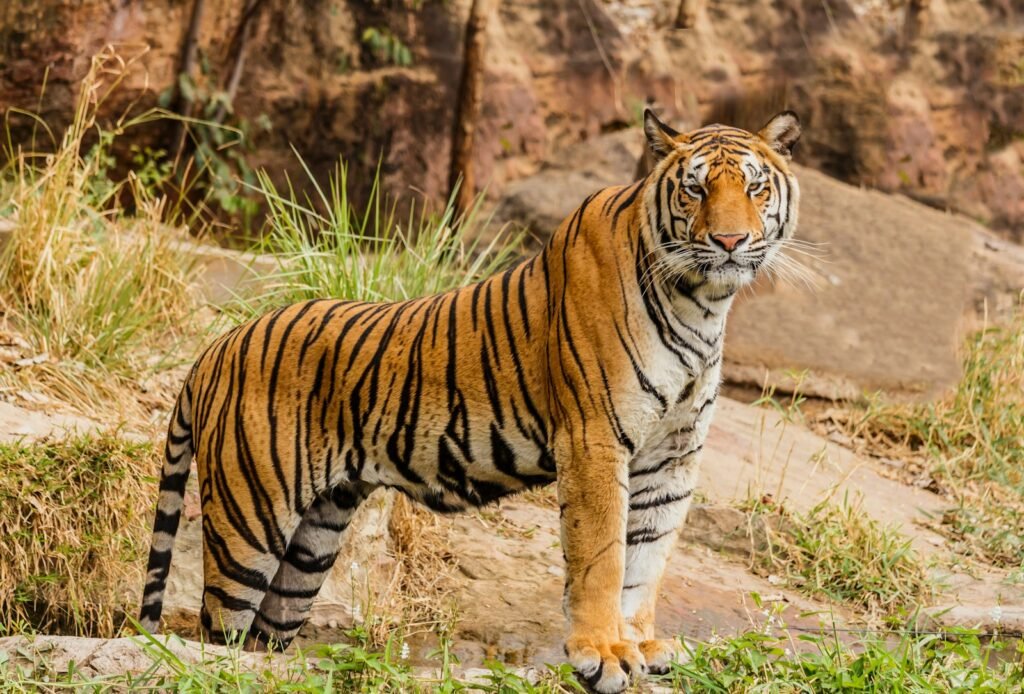
Tigers utilize a combination of camouflage and stealth to stalk their prey. Found primarily in dense forests and swamps, tigers rely heavily on cover to approach their target unseen. They often approach from downwind, silently closing the distance before pouncing. A tiger’s patience and stalking skills are a testament to its adaptability as a solitary hunter.
Jaguars: Power and Precision
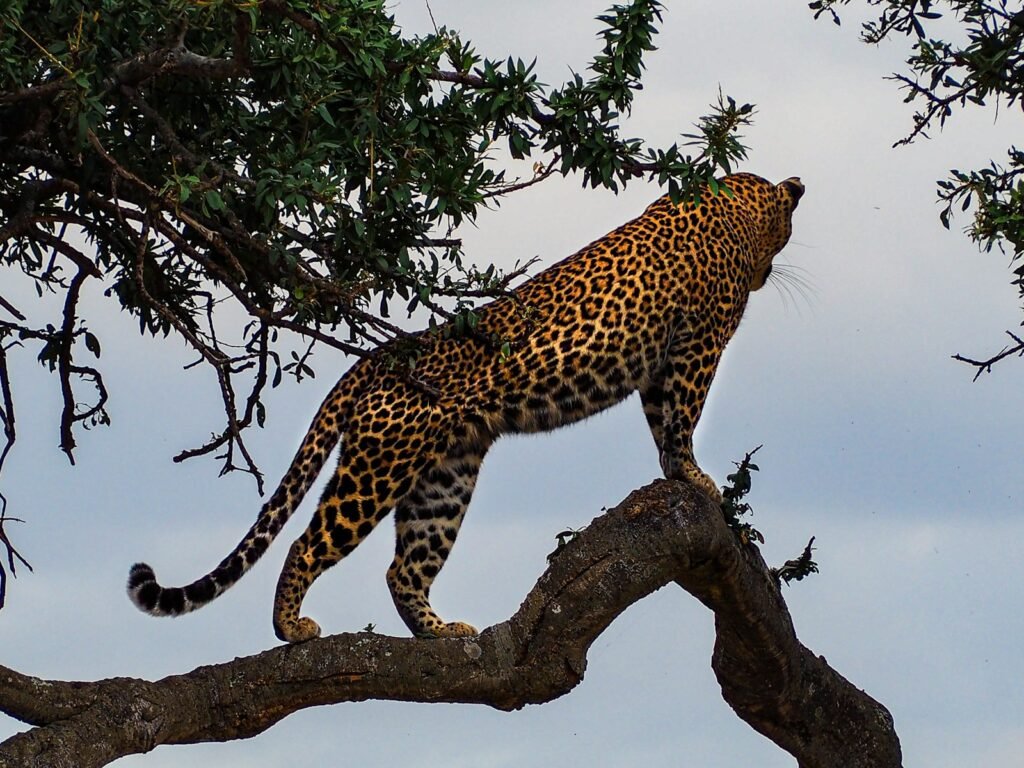
Jaguars are known for their incredible power, capable of taking down larger prey with a single bite. Unlike other big cats, jaguars target the skull or neck using their powerful jaws. This killing technique is efficient and effective, allowing them to hunt diverse prey, including caimans and capybaras, along riverbanks in dense rainforest habitats.
Snow Leopards: Hunting in Extreme Conditions
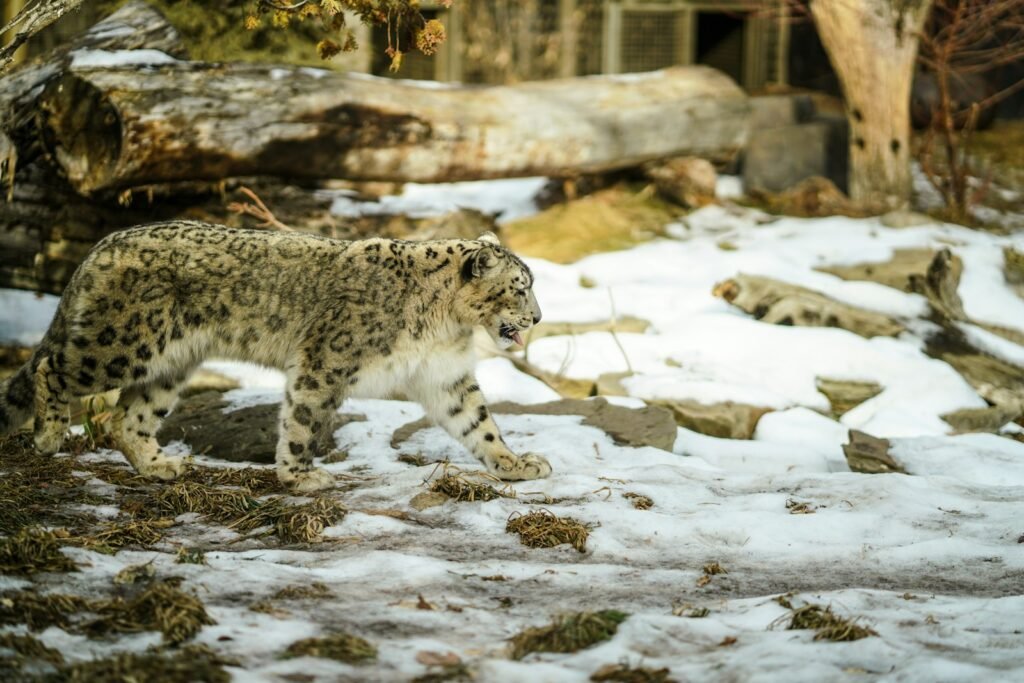
Snow leopards navigate the rugged terrains and high altitudes of the Himalayas and Central Asia, adapting their hunting techniques to these harsh environments. They rely heavily on their agility to navigate rocky landscapes and use their powerful hind legs to leap across large gaps, often targeting mountain goats and sheep with precise, energy-conserving ambushes.
Caracals: Aerial Acrobatics
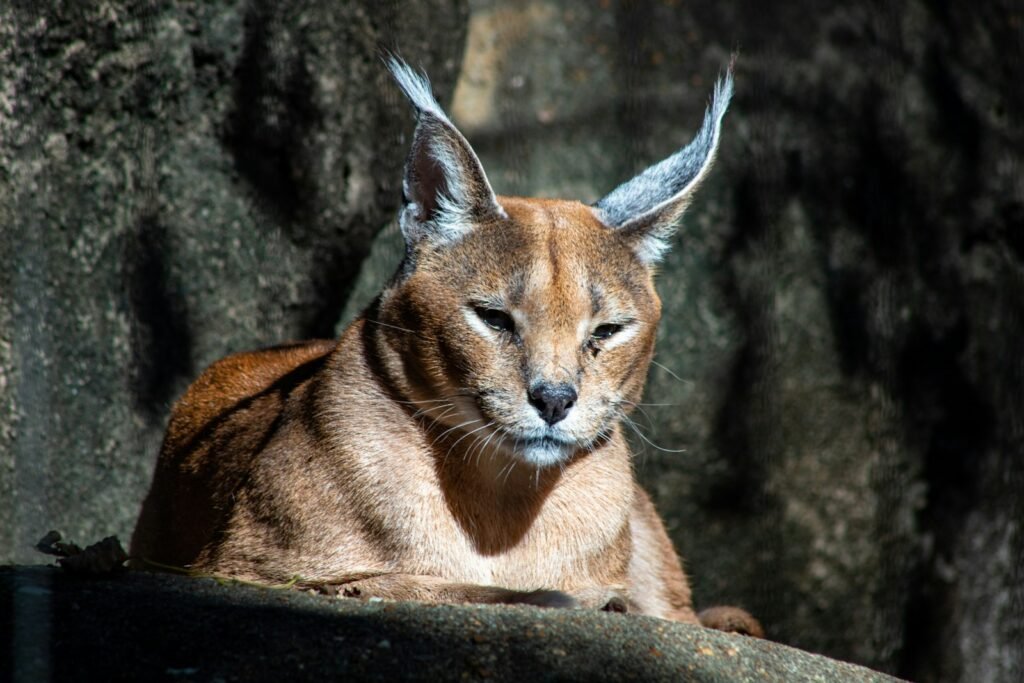
Caracals have developed an extraordinary hunting strategy involving aerial maneuvers to capture birds. These medium-sized cats are capable of leaping up to 10 feet in the air to snatch flying or perched birds. Their sharp reflexes and powerful hind legs make them adept hunters in savanna and scrubland environments.
Pumas: Versatility Across Diverse Habitats
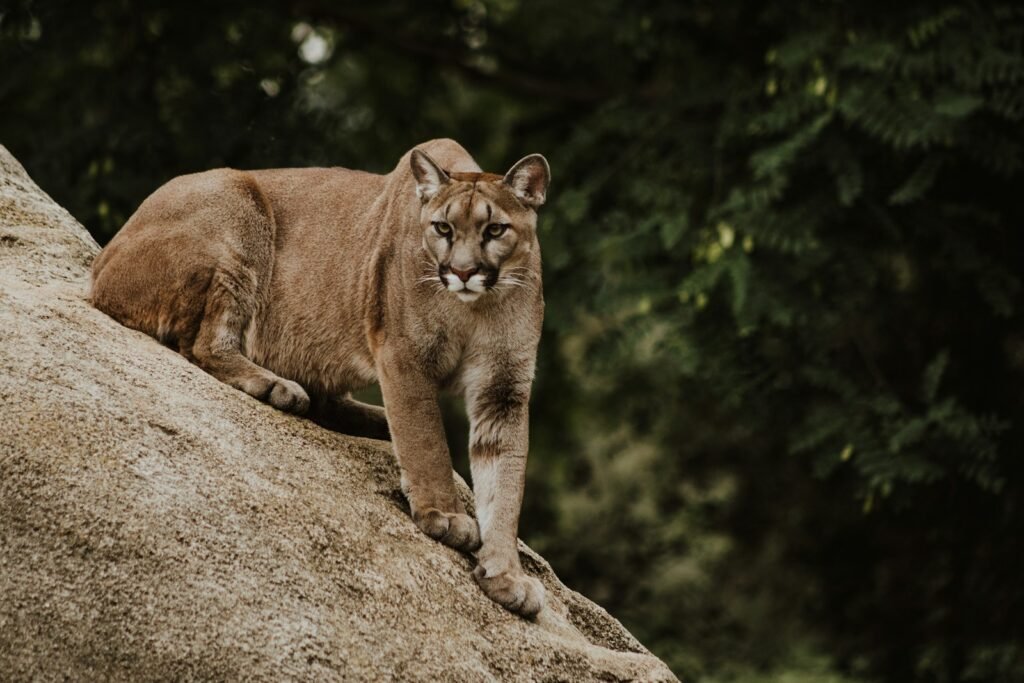
Also known as cougars or mountain lions, pumas exhibit exceptional versatility, adapting their hunting techniques to a wide range of environments from deserts to forests. Employing a stealthy approach, they position themselves against the wind and use the terrain to camouflage their approach, ambushing a wide variety of prey, from deer to smaller mammals.
Conclusion: The Evolution of Predation
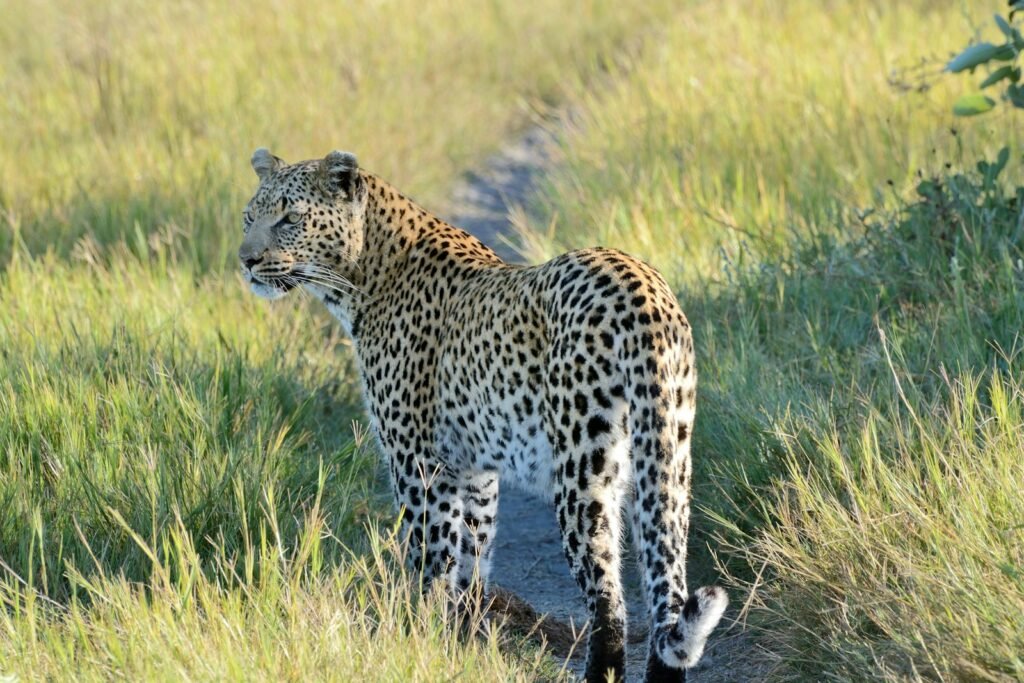
The unique hunting strategies of big cats highlight their evolutionary adaptations to diverse ecosystems. Each strategy—whether it’s the cheetah’s acceleration, the lion’s cooperative hunts, or the puma’s versatility—is a response to their environment and prey availability. Studying these fascinating behaviors not only enhances our understanding of predators but also underscores the delicate balance of ecosystems where these majestic animals play a critical role.

Growing up traveling and experiencing new cultures and wonders, I have had a passion for nature, adventuring, photography, and videography. I am currently working towards a BSc in Biodiversity and Ecology at Stellenbosch University, and I hope to specialise in Marine Sciences one day.
Please send any feedback to Feedback@animalsaroundtheglobe.com






